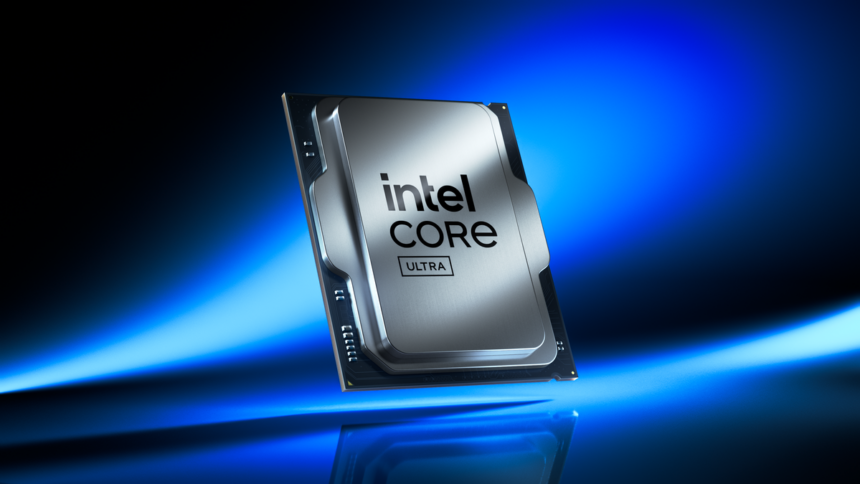Unlike AMD, Intel has no plans to incorporate 3D V-Cache technology into its desktop processors. According to Intel, the demand for this feature among gamers is insufficient to justify a dedicated product line focused solely on gaming.
In an interview with the YouTube channel der8auer, Intel’s Technology Communications Manager, Florian Maislinger, explained that prioritizing 3D V-Cache for desktop CPUs isn’t a focus in their labs and factories. The company believes that most users currently do not use their processors primarily for gaming, making pursuing this specific technology for desktop products less viable.
“For us, gaming is not an extremely large mass market. You need to see that we sell a lot of CPUs that are not necessarily used for games. We still have this technology. Next year there will be a processor (Clearwater Forest) that for the first time will have a cache block, but it will not be desktop”, reveals Mainslinger.
Intel’s Clearwater Forest CPU
Intel’s upcoming “Clearwater Forest” processor, designed for servers, will feature the company’s latest technologies, including Forevos Direct 3D, RibbonFET, PowerVia, EMIB 3.5D, and 3D V-Cache, which Intel refers to as “Local Cache.”
This new Xeon processor will be Intel’s first to use the 18A process node. It may also introduce a switch from the current Skymont cores (found in Lunar Lake and Arrow Lake processors) to the Atom Darkmont cores.
The architecture will include three main active blocks, each with four CPU chipsets, totaling 12 processors, connected via Hybrid Bonding (Forevos 3D Direct). Additionally, two I/O chipsets will be connected to the CPUs using EMIB 3.5D technology. Altogether, the processor is expected to feature around 300 billion transistors.
Intel’s design also includes SRAM in the “Base” block (Local Cache), positioning the cache layer below the CPU chipsets. This differs from AMD’s X3D approach, where the cache is stacked on the chipsets. In Intel’s design, the CPU chipsets rely on the shared “Base” block for cache, making them interdependent.
Intel will not do the same as AMD but rather the opposite
While Intel has decided not to implement 3D V-Cache in its desktop processors, aiming to differentiate itself from AMD’s strategy, its competitor is taking a different approach.
AMD has confirmed that it is exploring ways to integrate 3D V-Cache technology into its Threadripper processors. This move aligns with Intel’s recent decision to include a similar feature, “Local Cache,” in its upcoming Xeon “Clearwater Forest” processors.
By bringing 3D V-Cache to Threadripper, AMD aims to enhance performance for high-end desktop and workstation users, potentially giving it an edge in the CPU market segment.





